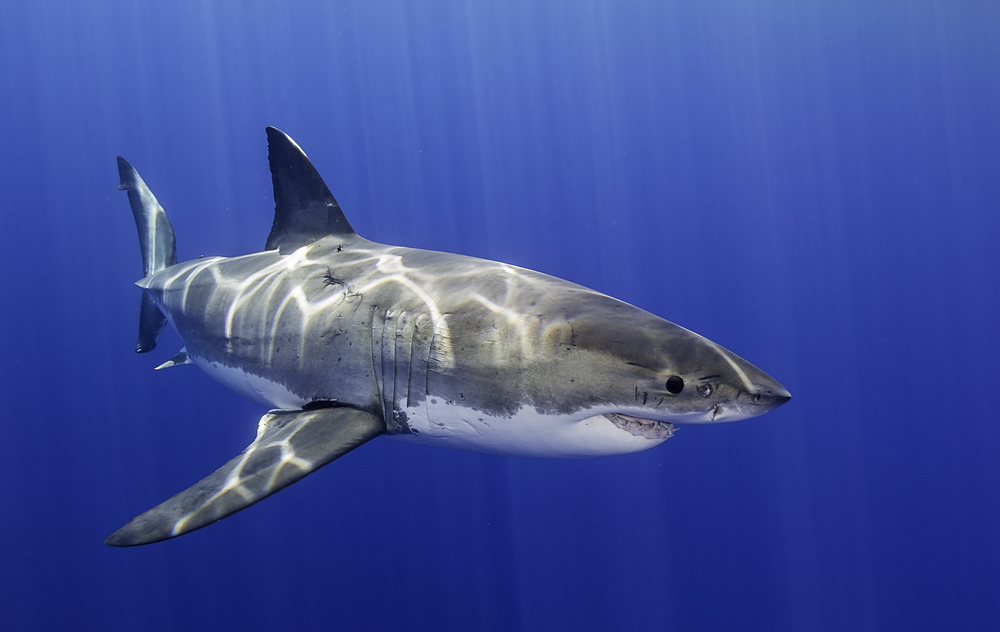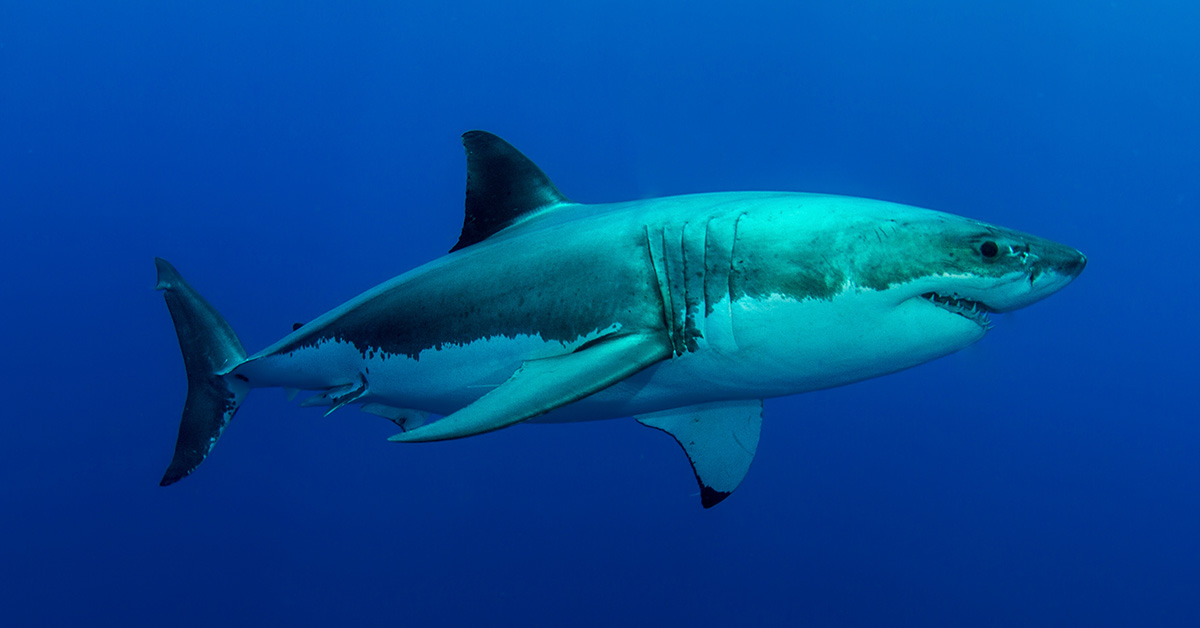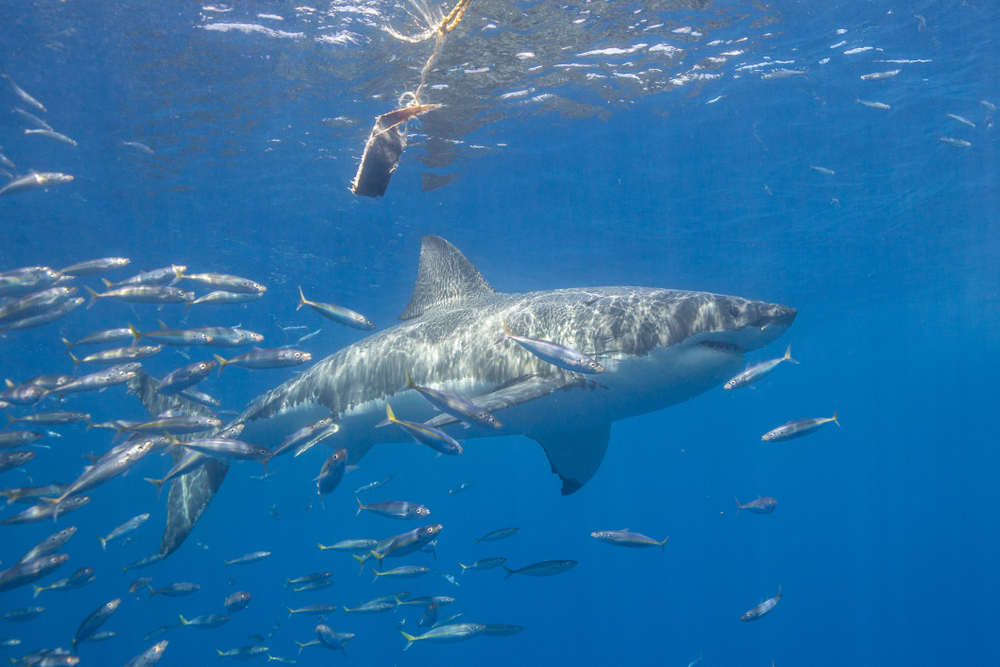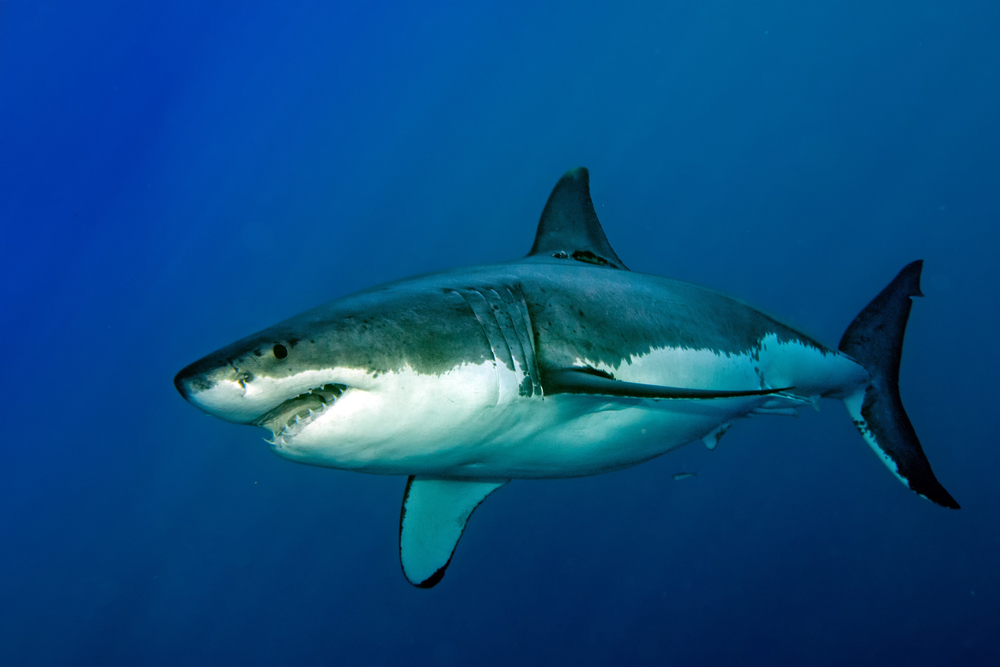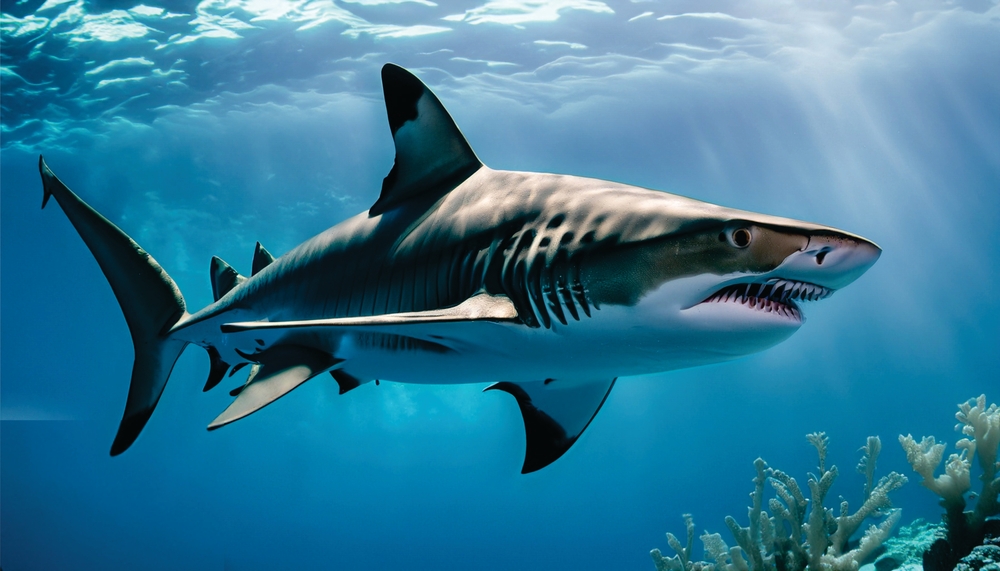Even people unfamiliar with marine biology have heard of the great white shark. The species has supported many boat tour companies that allow fans of Jaws and Shark Week to see these beasts in the wild. However, boats and shark cages are the only way to admire a great white up close. People may fear them, people may love them, but people will never see them in aquariums.
Great White Sharks in Captivity
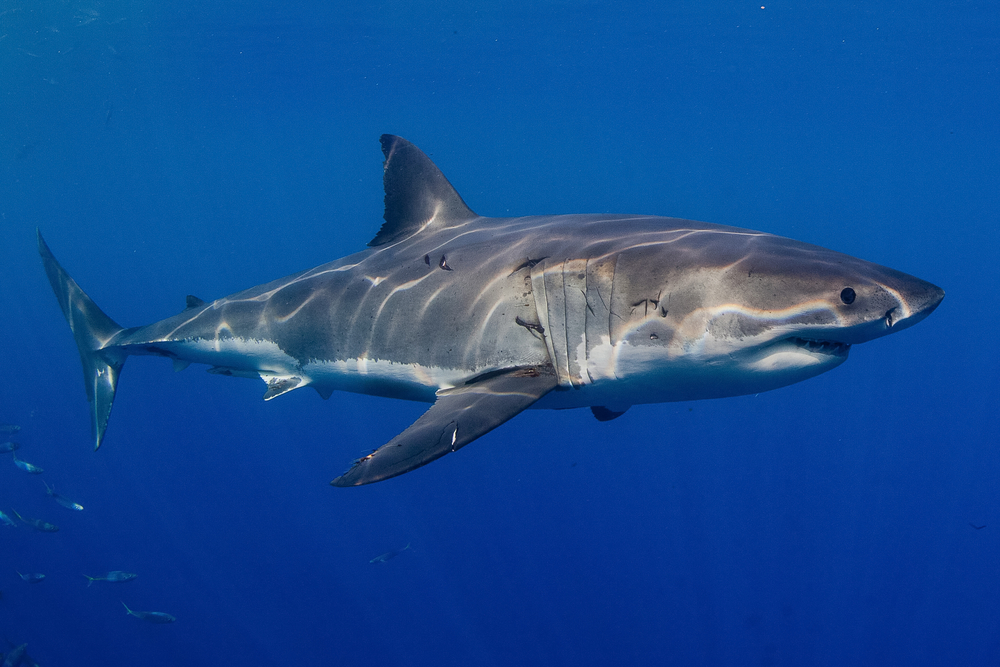
Great white sharks have the reputation of being a monstrous, unrelenting killing machine. B-movies would have you believe that if this shark were in an aquarium, it would break through its tank and eat everyone. But in past attempts to capture a great white, the shark was the only one dying—and extremely quickly. In fact, in 2021, a great white was taken from the ocean to reside at the Okinawa Churami Aquarium in Japan. It survived only three days.
The first recorded attempt to put a great white on display occurred in the 1950s at the Marineland of the Pacific in California. However, the shark died within a day. In the 1970s, 80s, and 90s, SeaWorld made similar attempts but none were successful. The shark either died or returned to the wild within a few weeks.
Why Aquariums Can’t Keep Great Whites
